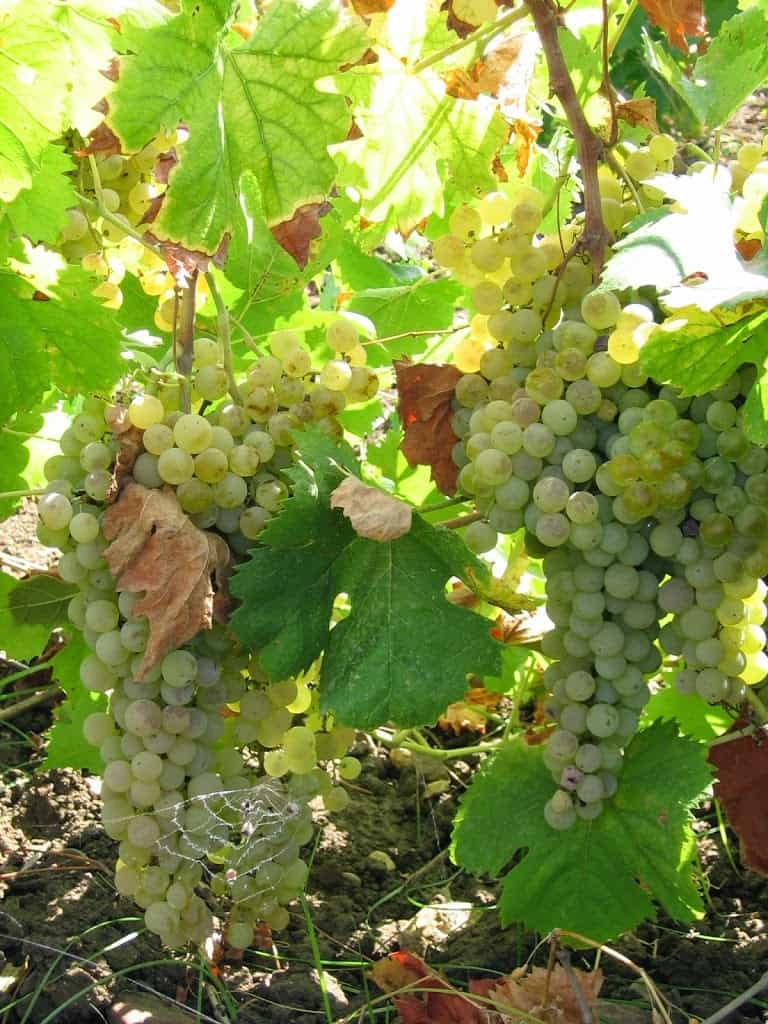 |
| Source: Daniel Ito, Morguefile.com |

by Jeanne
 |
| Source: Daniel Ito, Morguefile.com |


Are you looking for Christmas gifts for gardeners? This is your holiday gift guide to find the perfect present for that special gardener in your life! I have a lot of experience shopping for Christmas gifts for gardeners, that’s for sure. My dad was an avid gardener, and I delighted in buying him gifts from…

Have you ever wanted to start a vegetable garden, but felt completely lost about what to grow? Here at Home Garden Joy, I specialize in making gardening fun and easy for beginners. Sometimes, the gardening information available is scary. It reads like a cross between chemistry class and a foreign language. Well, I’m here to…

When you improve garden soil, you improve the health of your plants. And, you improve the nutrient quality and quantity of fruits, vegetables, and herbs. There’s an old saying in gardening: The better the soil, the healthier the plants. And the healthier the vegetables, fruits, and herbs you grow in your home garden, the healthier…

Whether you’re new to backyard gardening or just bought your first home and have always longed for the day when you can plant an organic vegetable garden, these tips for starting a backyard garden offer newcomers to the world of gardening useful information to help you be successful. Vegetable gardening doesn’t need to be expensive,…

We have lots of grape growers and wineries here in Michigan. For me, grapes are a nuisance that I tear out of my yard much to the dismay of local women who would walk along the back fence and collect the leaves for stuffing.
Good luck with this if you do decide to try it. I believe it takes quite a time to establish a good vineyard though. Will be interested in your progress.
Thanks for visiting my blog today.
When I was growing up my grandmother grew grapes in her backyard in Brooklyn. She made the most delicious jelly out of them!
Visiting from A to Z!
~Katie
TheCyborgMom
Visual Proof